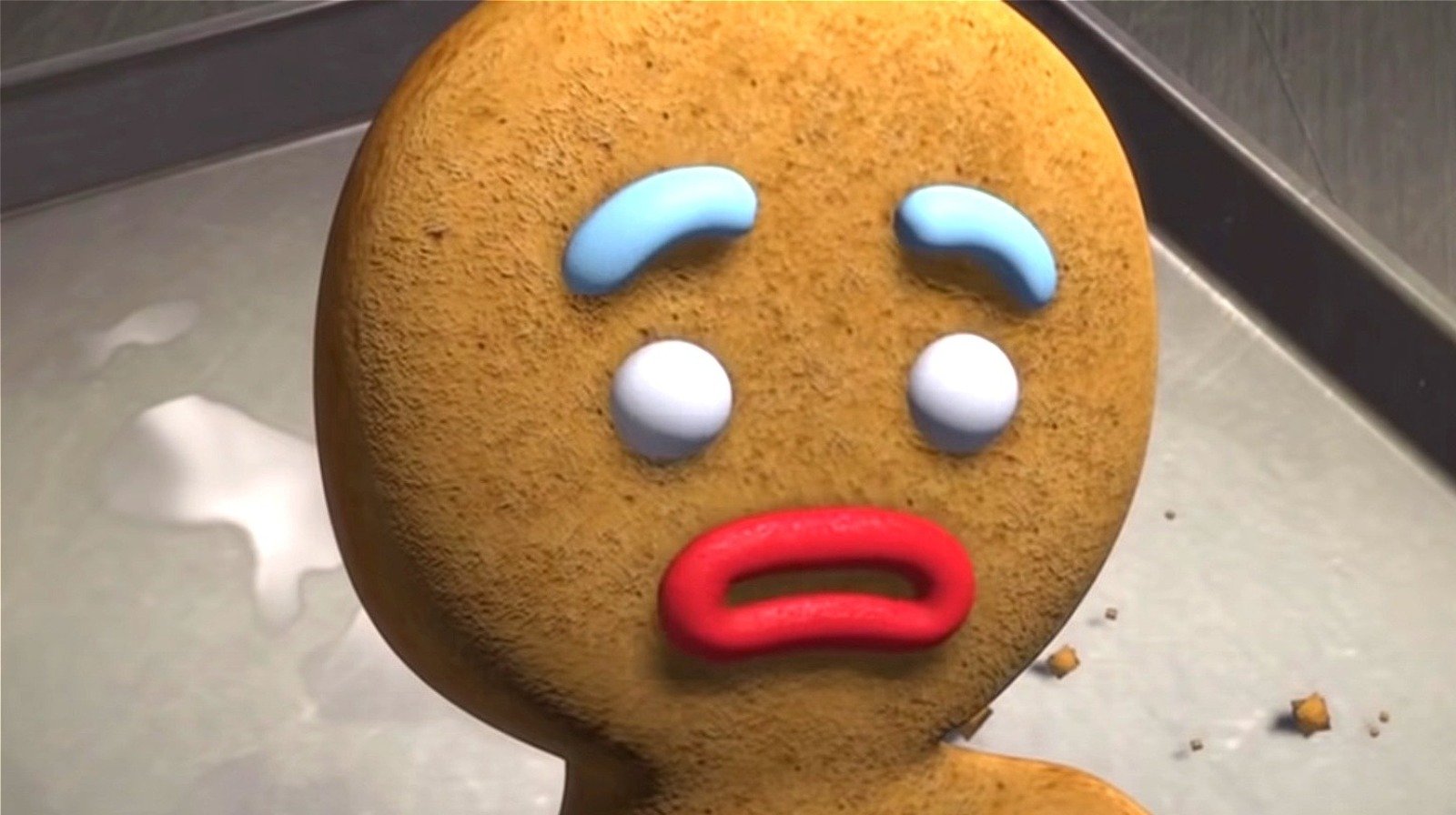Warnings that ‘slow-moving disaster’ in North America raises chances of fatal mad cow-type disease jumping species barrier
When the mule deer buck died in October, it perished in a place most humans would consider the middle of nowhere, miles from the nearest road. But its last breaths were not taken in an isolated corner of American geography. It succumbed to a long-dreaded disease in the backcountry of Yellowstone national park, north-west Wyoming – the first confirmed case of chronic wasting disease in the country’s most famous nature reserve.
For years, chronic wasting disease (CWD), caused by prions – abnormal, transmissible pathogenic agents – has been spreading stealthily across North America, with concerns voiced primarily by hunters after spotting deer behaving strangely.
The prions cause changes in the hosts’ brains and nervous systems, leaving animals drooling, lethargic, emaciated, stumbling and with a telltale “blank stare” that led some to call it “zombie deer disease”. It spreads through the cervid family: deer, elk, moose, caribou and reindeer. It is fatal, with no known treatments or vaccines.
My dad is a contractor for a major beef processor in North America and tells me frequently how this is a much bigger issue and wider spread than anyone wants to admit. He has been told that a lot of the early-onset dementia cases the world has seen are likely linked to CWD. If an infected deer pees on the grass and another animal eats it, it can potentially spread the disease.
5 years or so ago I would be WTFing at this headline and sending the article to everyone. Now my reaction is just ‘Yeah sure why the fuck not.’
Once an environment is infected, the pathogen is extremely hard to eradicate. It can persist for years in dirt or on surfaces, and scientists report it is resistant to disinfectants, formaldehyde, radiation and incineration at 600C (1,100F).
This has me wondering, what happens to prions in the environment, ultimately? Presumably they’re nothing new, so if they’re that hard to destroy, shouldn’t they just have been building up in the environment ever since the first ones formed? Does something eat them, somehow?
I’m gonna stop eating all together just to be safe.
Creutzfeldt-Jakob Disease can happen spontaneously, meaning one of your prions becomes misfolded. It can also be genetic or caught due to medical equipment that hasn’t been properly cleaned or from using human tissue from cadavers (iatrogenic). There’s even been a case of variant CJD from packed red blood cells.
Have a merry Christmas!
I’m gonna stop
eatingexisting all together just to be safe.








